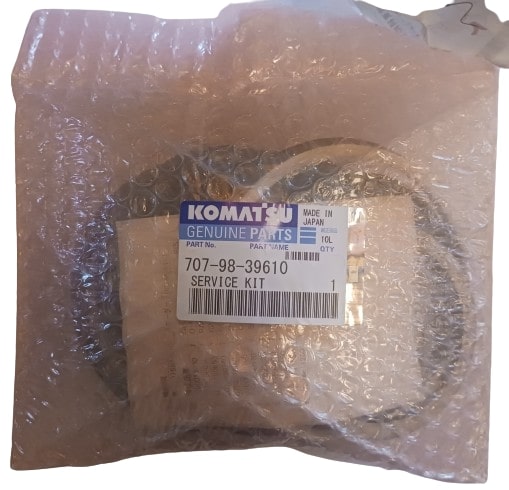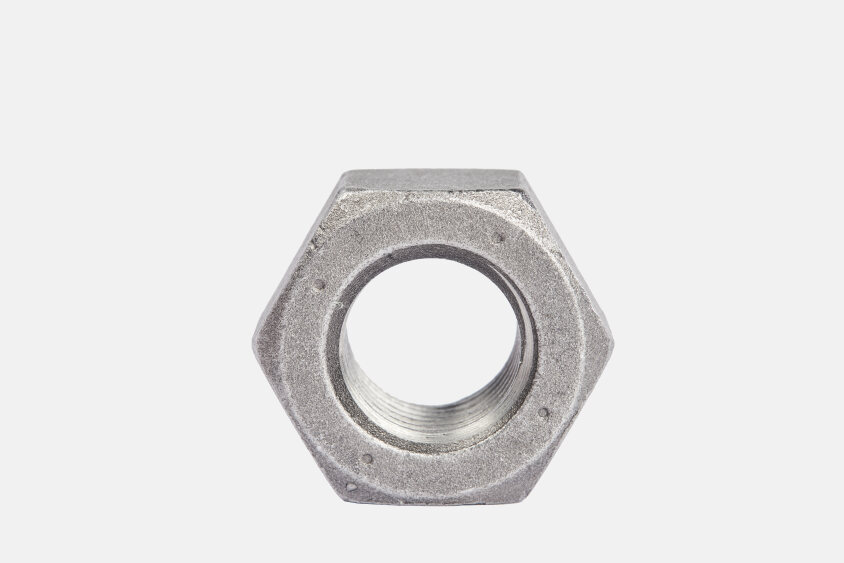Dismantled parts from PC200LC-8M0 C15621.
The Actuator Valve Assembly of the Komatsu PC200LC-8M0 excavator is a crucial component in the machine's hydraulic system. This assembly is responsible for controlling the movement of various actuators, such as the boom, arm, bucket, and swing mechanisms, by regulating the flow of hydraulic fluid to these components. Proper functioning of the actuator valve assembly ensures smooth, precise, and efficient operation of the excavator’s hydraulic functions.
Here’s a detailed description of the Actuator Valve Assembly:
1. Functionality
- The primary function of the actuator valve assembly is to control the flow and direction of hydraulic fluid to the actuators (hydraulic cylinders and motors) that move different parts of the excavator.
- It manages the hydraulic power distribution, enabling the machine to perform tasks like lifting, digging, and swinging with precise control over speed and force.
2. Operation
- The actuator valve assembly operates by receiving input signals from the operator via the joystick or control levers inside the cab. When an operator moves a control lever, the corresponding spool valve within the actuator valve assembly shifts, allowing hydraulic fluid to flow to the appropriate actuator (e.g., the boom or arm cylinder).
- The hydraulic fluid then powers the actuators, enabling movement of the excavator’s working parts. The flow rate and pressure of the fluid determine how fast and forcefully the actuators move.
3. Flow and Pressure Control
- The valve assembly is responsible for modulating the flow rate and pressure of hydraulic fluid to each actuator, ensuring smooth and precise movements.
- The operator can control the speed and force of the excavator’s functions by adjusting the flow of hydraulic fluid via the control system. For example, moving the joystick slightly will result in a slow, precise movement, while moving it fully will increase speed and force.
4. Safety and Relief Systems
- Pressure relief valves within the actuator valve assembly play an essential safety role. If the hydraulic system experiences excessive pressure, these valves open to divert fluid and relieve pressure, preventing damage to the system.
- The valve assembly is also equipped with fail-safes to ensure safe operation in case of a malfunction, such as loss of hydraulic pressure or electrical control issues.
5. Construction and Materials
- The actuator valve assembly is typically constructed from high-strength steel or other durable materials capable of withstanding the high pressures and stresses associated with hydraulic systems.
- The internal components, such as spools and solenoids, are precision-engineered to ensure smooth operation and long-lasting performance under heavy-duty working conditions.
6. Location and Integration
- The actuator valve assembly is typically located near the hydraulic pump and central hydraulic lines, often in a compartment near the excavator’s engine or hydraulic tank.
- It is integrated into the overall hydraulic system and is connected to the excavator’s electronic control system, allowing for coordinated operation of the machine’s various functions.
7. Maintenance
- Regular maintenance of the actuator valve assembly is critical for ensuring the excavator operates efficiently and safely. Key maintenance tasks include:
- Inspecting for Leaks: Hydraulic leaks can reduce system pressure and lead to inefficient operation. Leaks around the valve seals or hydraulic lines should be repaired promptly.
- Checking Valve Functionality: Spool valves, solenoids, and pressure relief valves should be inspected regularly to ensure they move freely and respond accurately to control inputs.
- Cleaning Hydraulic Filters: Keeping the hydraulic fluid clean is essential for preventing contaminants from entering the valve assembly, which can cause damage to the sensitive internal components.
- Lubrication and Seal Inspection: Regular lubrication of moving parts and inspection of seals help prevent wear and tear that could lead to leaks or component failure.
8. Operating Conditions
- The actuator valve assembly is designed to handle the demanding operating conditions of an excavator, including high hydraulic pressures, continuous cycling, and exposure to dust, debris, and temperature fluctuations.
- It must function reliably in various environments, such as construction sites, quarries, and demolition areas.
Function:
The Actuator Valve Assembly serves several important functions within the hydraulic system of the Komatsu PC200LC-8M0:
- Hydraulic Fluid Distribution: It controls the flow of hydraulic fluid to the different actuators, allowing for the movement of the boom, arm, bucket, and swing functions.
- Precision Control: It enables precise control over the speed and force of the excavator’s movements, allowing the operator to perform tasks with accuracy.
- Safety Regulation: It includes pressure relief mechanisms to ensure the hydraulic system operates within safe pressure limits.
Benefits:
- Enhanced Operational Efficiency: The actuator valve assembly allows for smooth and responsive control of the excavator’s functions, improving the machine’s overall performance.
- Precise Movement: The control over hydraulic fluid flow enables precise movements, which is essential for tasks like fine grading, digging, and lifting.
- Safety: Built-in pressure relief systems protect the hydraulic system from overpressure, ensuring safe operation.
- Durability: Designed for heavy-duty use, the actuator valve assembly is built to last in the tough environments where excavators operate.
Importance:
The Actuator Valve Assembly is an essential component of the Komatsu PC200LC-8M0 excavator’s hydraulic system, directly affecting the machine's performance and precision. Proper functioning of the valve assembly ensures that hydraulic fluid is efficiently directed to the actuators, allowing the operator to control the boom, arm, bucket, and swing with accuracy and responsiveness. Regular maintenance of the actuator valve assembly is crucial to prevent hydraulic system failures, ensure operational safety, and maximize the lifespan of the excavator.





